Malina is a perennial shrub that is widespread in domestic expanses and pleases ripe fruits every summer. This plant is rather unpretentious, but there are a number of rules for the care that cannot be neglected, otherwise the risk appears at all without harvest. Consider them in more detail in this article.
Features of culture
Malina has ground shoots, rhizomes and roots. On the rhizome every year new kidneys appear. Of these, replacing shoots are formed, at the expense of which the shrub is forming. Subsequently, the stalks are separated from the maternal bush and become independent plants with their own root system. Thanks to this, raspberries can restore an unlimited number of times. The formation of fruit kidneys is carried out in the sinuses of the leaves, because The fruit is located on a peculiar bed.
The process of fruiting begins for the second year after landing. Culture brings fruit annually. The root root system is long-term, and the stalks live only for 2 years. During the first year, shoots are developed and the accumulation of nutrients in them, for the second year the kidneys from which berries appear on these shoots. After fruiting, the stems die away, they grow new on replacing. Malina is able to give a qualitative harvest for 15 years. After the expiration of this period, the berries become small.
For the full development of this culture, the flow of sunlight is necessary. Low temperature has a negative impact on the raspberry, so in the winter period it should be located under the snow cover. Planting this plant is recommended in spring or autumn in loose soil with moderate humidity level. Malina needs a certain care that provides for the loosening of the soil, the destruction of the strokes and weeding plants, the soil enrichment by fertilizers, watering, the fight against pests, as well as trimming.
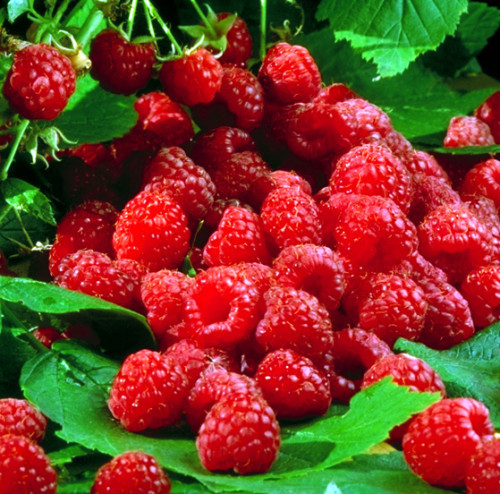
Types of raspberry
Today there are several types of raspberries:
- traditional is the most common type of plant. Varieties related to this species, unpretentious to the soil and climatic conditions, but the yield of such raspberries is relatively low;
- large raspberry. This culture is characterized by large sizes of berries and a high degree of yield;
- the culture of the removal species is capable of fruit twice for one year.
Rules trimming of ordinary raspberry
Crimping raspberries allows you to prevent the appearance of pests and cultural diseases. In addition, with well-kept bushes, it is much more convenient to collect a crop. This procedure has such features:
- It is carried out in the period from the end of March to early April. At this time, the kidney growth begins.
- Recommended cut as soon as the snow come down, even when the soil does not have time to dry and warm sun.
- If the bushes have withered and blackened branches, they have to be removed completely. Also retracted shoots fruiting for 2 years.
- For trimming, use a garden pruner that makes smooth cuts and breaks branches.
- resolution shoots after trimming should be 50 cm. 1 m 2 you should leave a maximum of 30 branches of culture. This is necessary in order to ensure the access of light to the bushes, as well as adequate air circulation.
In the process, should take into account the way of planting. If the crop is planted Kustov method on one bush leave 5-6 strong branches. If the landing was used trenching, should be left 14-15 branches. Care raspberries and cropping spring also provides for processing of stems that are damaged as a result of the winter frost. They require a special approach, which is as follows:
- Fully vymerzshie shoots must be removed by cutting at the base of each. If podmerzli shoots at the level of snow cover, remove only the damaged part. The remaining branches with appropriate care will give a good harvest.
- At the wrong prigibanii stems in fixing the time for support under the influence of cold may die of kidney in the central part. In this case, the shoots should be maintained.
- Spring in the stems can be found larvae of midges sprout. These shoots are removed.
After pruning branches recommended tie to the support. This can be done in several ways, but the simplest is the "stakes" method. He is as follows:
- In the center of the bush is placed number, to which by means of twine to tie the shoots at a distance of 0.5-1.5 m.
- Also for this purpose, "tapestry". At the ends of a number of pillar-Ground 2 between them tensioned wire, and which is tied to the bushes.
- Trellis should be at a distance of 30 cm from the center row.
- Fruit-bearing shoots are tilted to the wire and are fixed in this state.
- Branches that do not give fruit, it is not necessary to attach. This will enable the world to provide access to the berries, but the shoots will not interfere with each other.
All growth abroad landing dig to raspberry bushes were fed in the required quantity. To perform the work necessary to carefully so as not to damage the root system. Shovel must be sharpened. Digging shoots should be at a distance of 20-25 cm from the main bush.
Conditional Culture Care
After trimming, it is recommended to make feeding and disinfection of the culture. Malina needs both organic and mineral fertilizers. Organic material provides raspberry with such necessary elements as potassium, calcium, phosphorus and nitrogen, which have a positive effect on the process of fruiting. Features of Malina care are reduced to such aspects:
- As a fertilizer, you can use reworked manure, compost or peat. For feeding mainly used bird litter in the amount of 6 kg per 1 m 2. Also, a good result gives compost. It contains no less nutrient elements than manure.
- The compost mass is obtained from bird litter, corn noras, foliage, weed plants and peat. 1 M. 2 it will take 10 kg of compost.
- Peat on the supply of nutrients is inferior to manure and compost mass, but as a result of its application, the structure of the soil is improved, which contributes to an increase in yield.
- To provide raspberry with mineral elements, nitrogen fertilizers, potassium salt and superphosphate can be used.
- Wood ash is also suitable. It should be made at the rate of 150 g per 1 m 2 in soluble or dry form.
- For the disinfection of the steps left after trimming, fungicide is used. With this means you need to handle the bush and the soil around it.
- You can also prepare the disinfecting composition yourself. To do this, it will be necessary to hated lime, which you need to dilute to the consistency of liquid sour cream. Next should be added copper vigor at the rate of 40 g per 1 l of lime. This solution is applied on the base of bushes and soil.
Spring cropping raspberry removable variety
The raspberry of this variety has a certain difference. Berries appear on the shoots of this year. The stems are formed over the summer period and fruit to autumn. The following year, Raspberries will bring early harvest, but the quality of berries may not be high enough. Often, second fruits are fine and dry. The reason for this is the fact that a significant amount of raspberry nutrients goes to the maturation of the first harvest.
Crimping this grade of raspberries is made taking into account the following rules:
- Every year it is necessary to remove shoots from which berries have already been collected. Do it in the autumn period, in the spring, only sanitary processing is performed.
- Pruning is carried out before the blooming of the kidneys. During this procedure, dried or frozen branches are removed.
- Malina can affect fungal diseases. The affected shoots are very easy to detect visually. Since in winter in low temperatures, they completely dry out, then such stems must be cut to the soil level to eliminate the likelihood of lesion of other bushes.
Features of trimming tree raspberry
Raspberry of this species is distinguished by dense and thick stems. It includes such varieties as a "fairy tale", "Galaxy", "Killing", "Tarusa". Thanks to strong stems, this culture does not need a support. For the second year along the entire length of the bushes, fruit sprigs are formed. You can speed up this process by spring trimming. This procedure is carried out similarly to the processing of ordinary raspberry. To this variety, you can apply the double trim method.
The advantage of the tree culture is its ability to be fruit to the beginning of autumn. It also gives very little frightened, so it will not be chaotically spread through the territory of the site. Root pigs need to be removed in spring, because This will contribute to the rustling of substitution shoots, which will provide a harvest next year. But it is recommended to leave no more than three shoots. And so that everyone get enough light them need to be fixed on the choplet.
How to increase raspberry yield
To obtain a harvest throughout the summer period, trimmed the bushes should be at different heights. This procedure is performed as follows:
- Bushes are divided into 3 equal parts. The first part is cut into 10-15 cm, the second part is half. And from the bushes of the third part is left 20 cm.
- Berries will be matured in the sequence in which the bushes are cropped. This scheme of raspberry cropping will significantly increase yield.
It is possible to achieve such a result with a double trimming:
- In the first days of June, it is necessary to cut 5 cm of the tops of the bushes. Thanks to this, the side kidneys will receive more nutrient elements, which will allow you to get up to 8 young shoots up to 50 cm in the fall of up to 8 young shoots.
- These stems need to be burned to the ground so that in the winter period they were under the snow cover.
- At the beginning of the spring, they should be shortened by 15 cm, as a result of which new twigs will appear, and the amount of yield of berries will increase.
But the double trimming has a certain disadvantage - the drawing of bushes, as a result of which they become too thick. Soothes in this situation do not receive a sufficient amount of light and are not ventilated, which leads to the appearance of diseases and pests. To avoid these consequences, the rows of raspberries should be positioned at a distance of 2 m from each other, and the space between the bushes in each row should be from 1 to 1.5 m.
Conclusion
Crimping raspberry in the spring is an important stage of plant care. This procedure makes it possible to increase the period of fruiting culture, prevent the appearance of disease and protect the bushes from pests. The pruning process has its own characteristics depending on the type of raspberry and the planting method to be considered. Compliance with all rules will provide high yield and high-quality fruits.
Crimping raspberry in spring. Video:

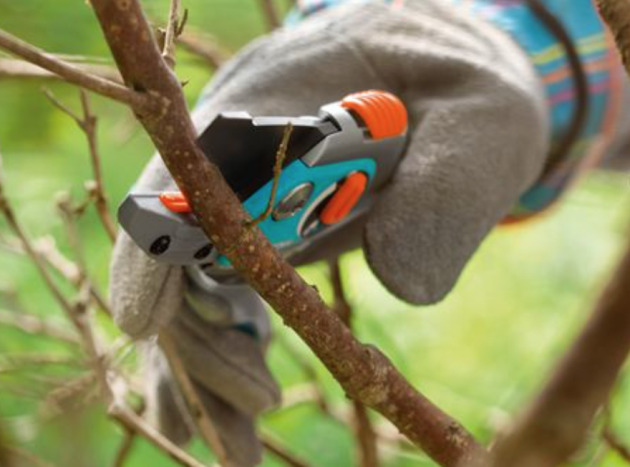
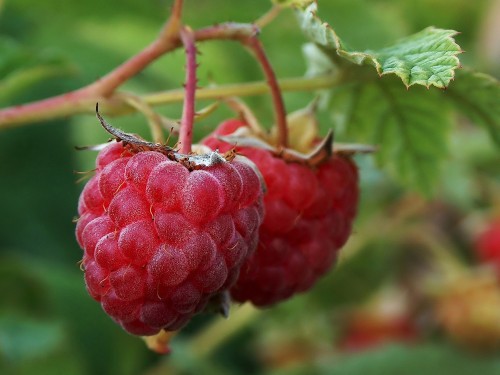

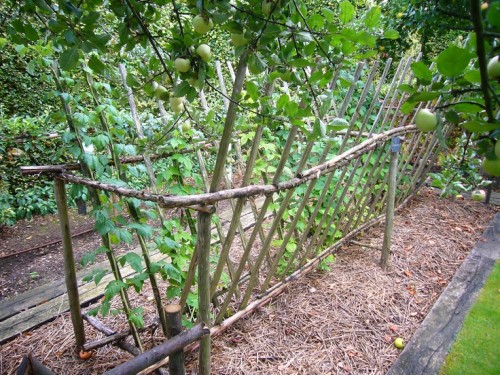
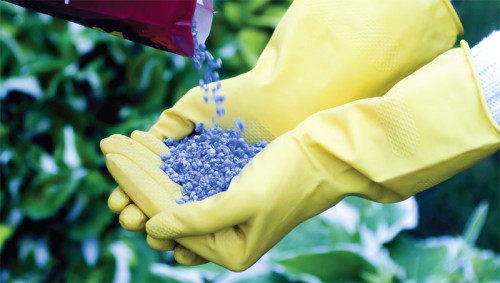
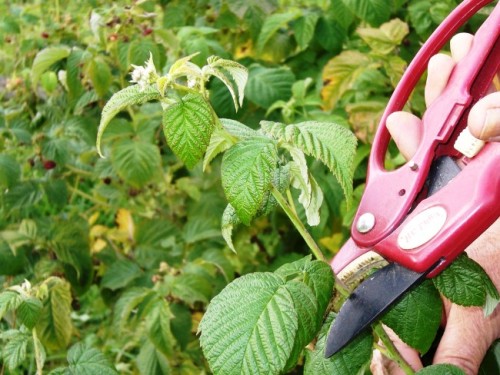














 Start a discussion ...
Start a discussion ...